
NOVEMBER 17, 2012–JANUARY 20, 2013

Selected Works
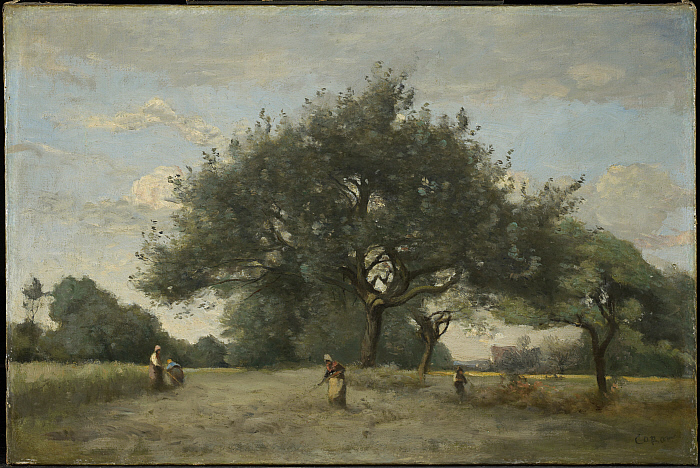
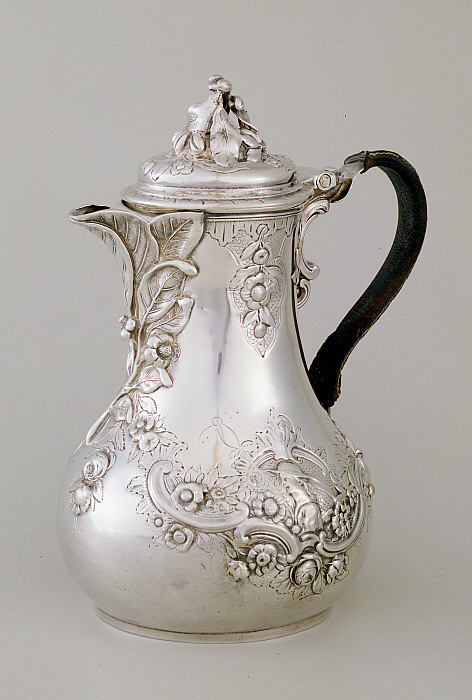
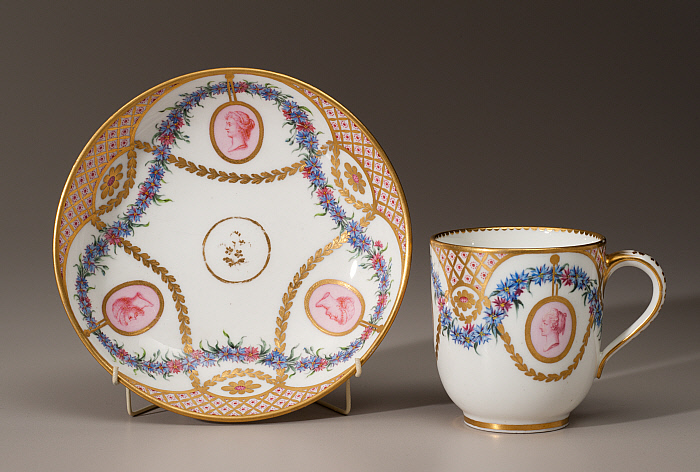

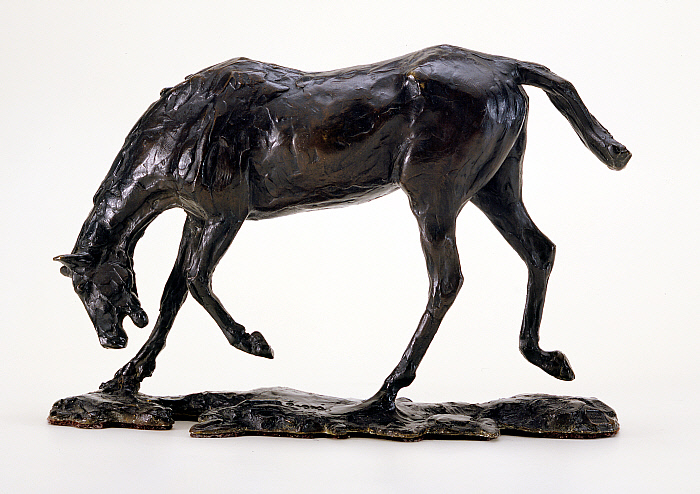
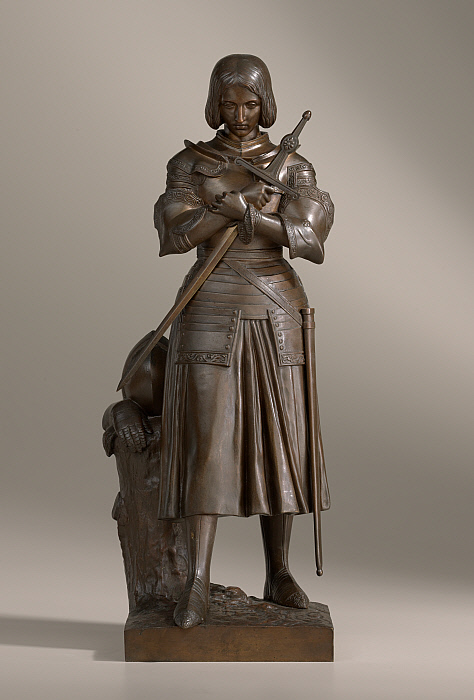
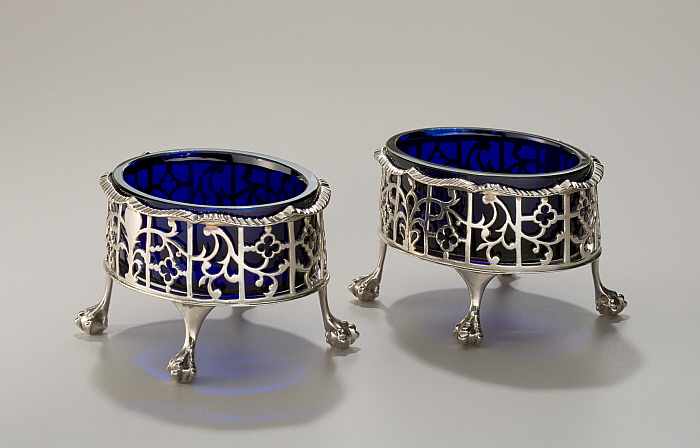
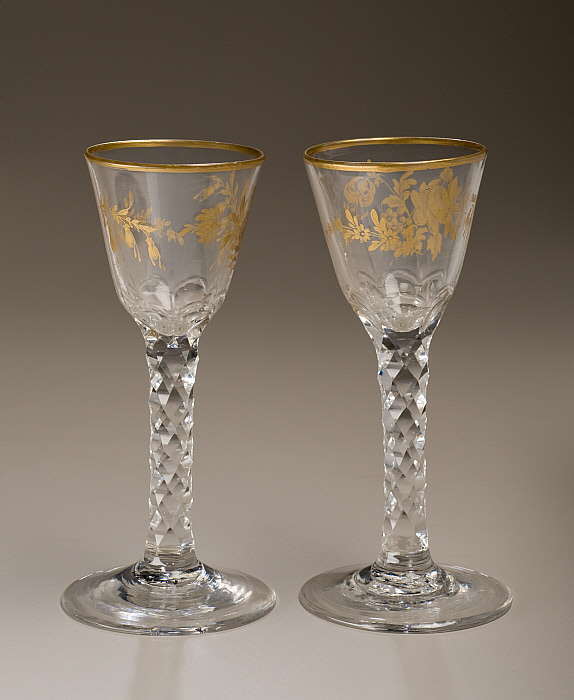
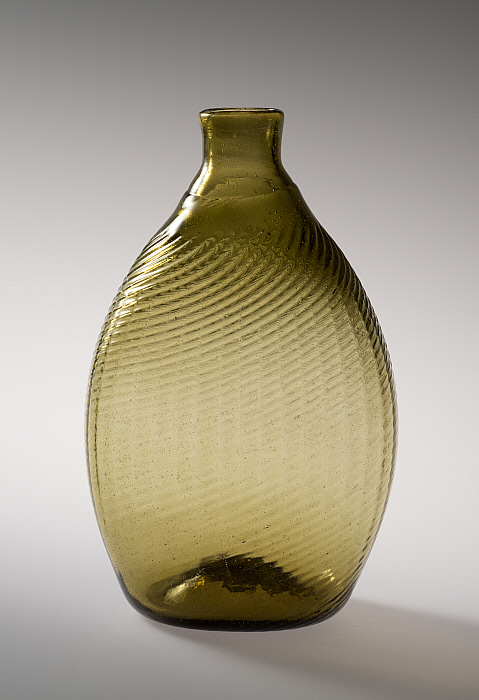
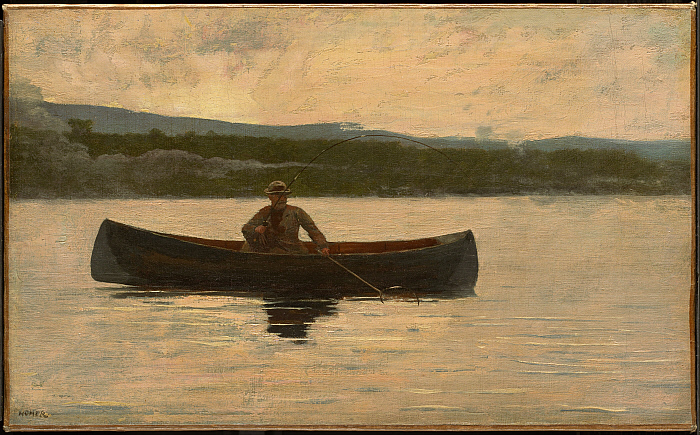
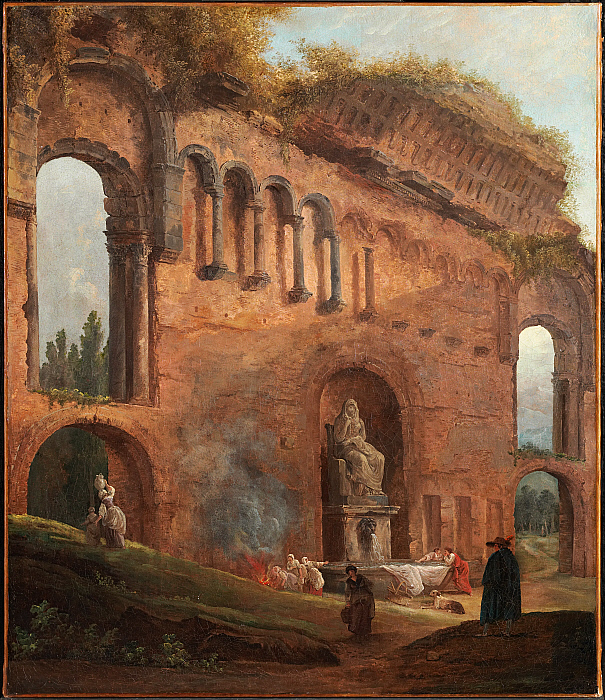

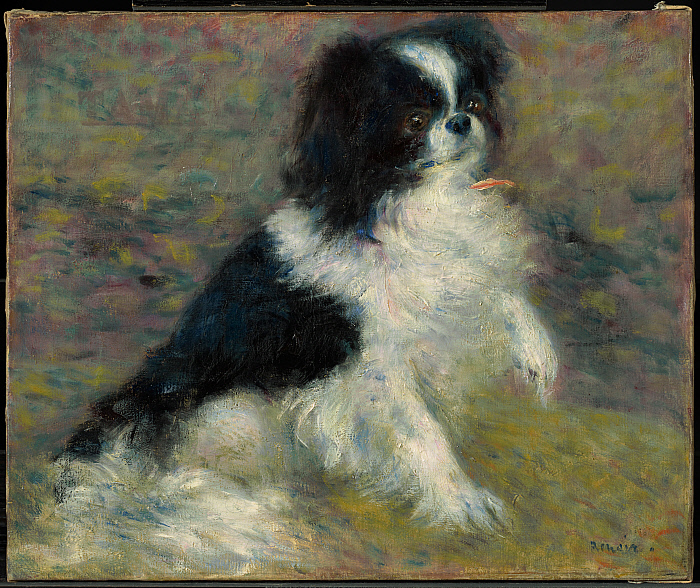
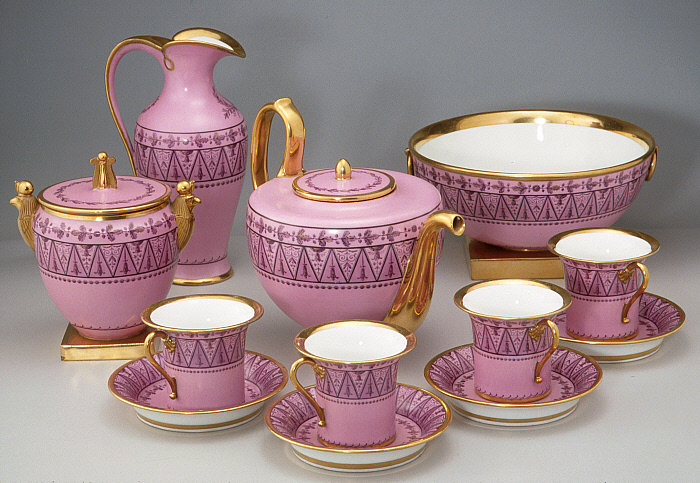
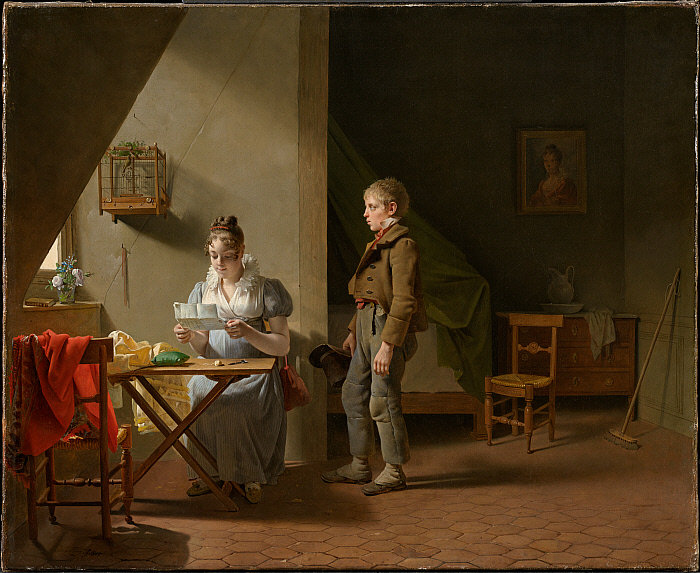
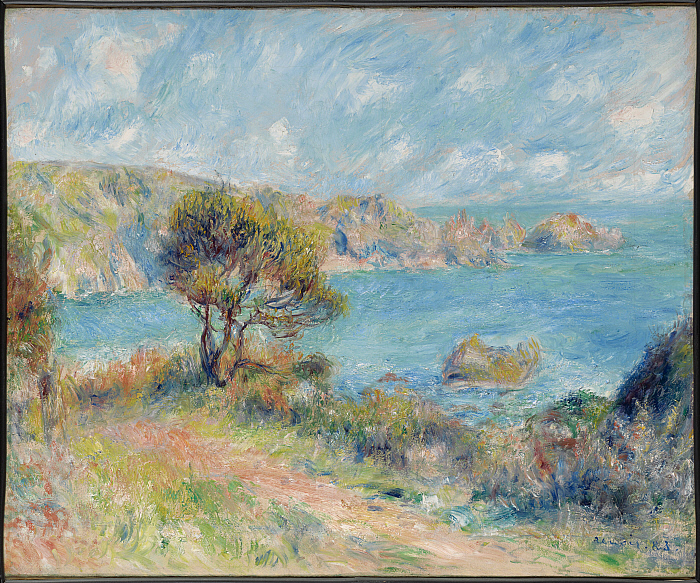
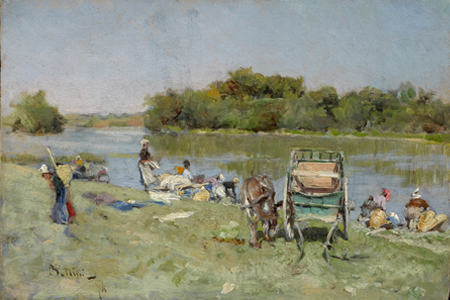
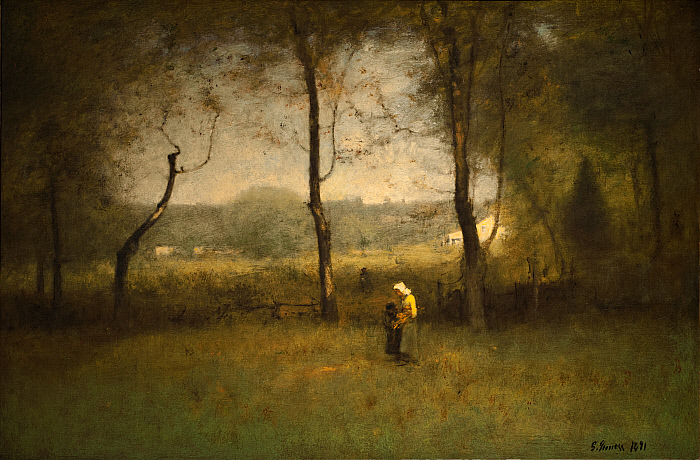
Jean-Baptiste-Camille Corot
(French, 1796–1875)
Apple Trees in a Field
c. 1865–70
Oil on canvas, 17 11/16 x 23 7/8 in. (45 x 60.7 cm)
Sterling and Francine Clark Art Institute, Williamstown, Massachusetts, 1955.548
'I think that the way the trees “swirl” and move almost look like they are moving along with the working men and women. The grass looks like it is being blown around by the wind.'
Paul de Lamerie
(English, 1688–1751)
Coffee or Hot Water Jug
1749/50
Silver and leather, 8 7/16 x 6 1/16 x 4 5/8 in. (21.4 x 15.4 x 11.7 cm)
Sterling and Francine Clark Art Institute, Williamstown, Massachusetts, 1955.242
'The intricate designs on the outside of the jug look very interesting. I like how the silver isn’t perfect and how it has some dark marks and signs of being used. You can tell that the jug is old and worn and has been used through many years.'
Sèvres Porcelain Manufactory
(French, active 1756–present)
Cup and Saucer
1772
Soft-paste porcelain
Sterling and Francine Clark Art Institute, Williamstown, Massachusetts, 1955.1046
'I chose this set because of the intricate flower designs and the gold highlights. The colors also really popped out at me and they flow together, like one color.'
Frederic Remington
(American, 1861–1909)
Friends or Foes? (The Scout)
1902–05
Oil on canvas, 27 x 40 in. (68.6 x 101.6 cm)
Sterling and Francine Clark Art Institute, Williamstown, Massachusetts, 1955.12
'I love how the man and the horse are alone, and how the painting has movement and a lonely feeling to it, without having to add so many objects. The somber colors add to the loneliness of the painting.'
Edgar Degas
(French, 1834–1917)
Horse with Head Lowered
modeled c. 1870s, cast 1919–21
Bronze, h: 7 1/16 in. (17.9 cm)
Sterling and Francine Clark Art Institute, Williamstown, Massachusetts, 1955.571
'I notice that when the horse’s head is down, it looks free and happy, like it can do anything. The horse’s skin almost has finger marks in it, and I find it amazing that the artist added detail to such a delicate sculpture.'
Princess Marie-Christine d'Orléans
(French, 1813–1839)
Joan of Arc
modeled in marble 1837, cast mid-1840s
Bronze, h: 20 in. (50.8 cm)
Sterling and Francine Clark Art Institute, Williamstown, Massachusetts
Gift of Charles Janoray, 2007, 2007.14
'I find this statue fascinating because of the determined look on her face, and how it also has a look of sorrow and regret on it, too. She looks like she is ready to fight for whatever she is so determined to save, whether it's a person, or a feeling.'
John Heath
(American, active from 1761)
Pair of Salts
c. 1765–75
Silver and glass, 2 1/8 x 3 3/4 in. (5.4 x 9.5 cm)
Sterling and Francine Clark Art Institute, Williamstown, Massachusetts
Bequest of Henry Morris and Elizabeth H. Burrows, 2003, 2003.4.149.1–.2
'These are really interesting because of the detailed and elaborate silver designs. When the blue translucent glass shines thought the silver design, it almost looks like a stained glass window. The designs are very pretty, and the rim looks like it is very delicate and fine. The feet on the bottom add more creativeness to the whole thing.'
Attributed to the workshop of James Giles
(English, active c. 1770)
Pair of Wine Glasses
c. 1770
Blown and gilt glass.
Sterling and Francine Clark Art Institute, Williamstown, Massachusetts
Bequest of Herbert Heidelberger in honor of Minna and Frederick Heidelberger, 1986, 1986.104A–B
'I really love these glasses because of the diamond-shaped bumps on the narrow part of the glasses. The gold and the transparent glass look fantastic when they are put together because the gold really stands out on the plain glass. The gold design is very pretty and is very detailed. They look so delicate and fragile that I can't imagine that anyone would drink out of them!'
Maker unknown
(American, New England, active 19th century)
Pitkin flask
c. 1800–30
Pattern-molded blown glass, 2 1/2 x 6 3/4 x 4 5/16 in. (6.4 x 17.2 x 11 cm)
Sterling and Francine Clark Art Institute, Williamstown, Massachusetts
The Albert and Jane Lauzon Collection of Early American Blown Glass, 1981, 1982.52
'This flask is really appealing because of its interesting color and the water-like texture. The ridges in the glass look like ocean waves or the ripples in the water. The color is very interesting because it looks like water, and goes with the texture. It looks like dirty and salty sea water. The shape is round and looks good with the color and ridges.'
Winslow Homer
(American, 1836–1910)
Playing a Fish
1875–95
Oil on canvas, 11 11/16 x 18 15/16 in. (29.7 x 48.1 cm)
Sterling and Francine Clark Art Institute, Williamstown, Massachusetts, 1955.773
'I find this painting interesting because of the colors that the artist used. The water and the sky are the same color, both with blue mixed in. You can tell that it’s around sunset where the man is fishing, and no one else is around or in the water.'
Hubert Robert
(French, 1733–1808)
Roman Ruins with Laundresses
c. 1777
Oil on canvas, 38 x 32 11/16 in. (96.5 x 83 cm)
Sterling and Francine Clark Art Institute, Williamstown, Massachusetts
Gift of Asbjorn R. Lunde in Honor of the Fiftieth Anniversary of the Sterling and Francine Clark Art Institute, 2005,2003.13
'I enjoy this painting because the whole thing is very interesting and has many different ways that you could describe it. I think that the smoke looks real, and it looks like everyone wants to be around the fire. The wall looks towering and old, like ruins.'
Winslow Homer
(American, 1836–1910)
Sleigh Ride
1890–95
Oil on canvas, 14 1/16 x 20 1/16 in. (35.7 x 51 cm)
Sterling and Francine Clark Art Institute, Williamstown, Massachusetts, 1955.771
'I like how the only thing is the sleigh, like nothing else is alive, just the horse and the rider.'
Pierre-Auguste Renoir
(French, 1841–1919)
Tama, the Japanese Dog
c. 1876
Oil on canvas, 15 1/16 x 18 3/16 in. (38.2 x 46.2 cm)
Sterling and Francine Clark Art Institute, Williamstown, Massachusetts, 1955.597
'I love this painting because it is very realistic in an animated way. The dog looks like paint streaks and lines from up close, but looks like a dog from far away. The fur looks like it is not perfect and it is sticking out in different directions. I also love dogs!'
Sèvres Porcelain Manufactory
(French, active 1756–present)
Tea Service
1812
Hard-paste porcelain
Sterling and Francine Clark Art Institute, Williamstown, Massachusetts, 1955.1306
'I find this porcelain set pretty because the colors look interesting together, and I also like how the bowl and the pot both have gold stands. The gold outlines really look great on the light pink color. They make a really pretty pair together. The set looks nice and clean and well taken care of. I like the gold animals on the pot because they look fascinating, and they make the handles.'
Martin Drölling
(French, 1752–1817)
The Messenger
1815
Oil on canvas, 17 15/16 x 21 15/16 in. (45.5 x 55.8 cm)
Sterling and Francine Clark Art Institute, Williamstown, Massachusetts, 1955.724
'I have always liked paintings like this that have a certain roundness or look real, as though they’re in 3D. It looks detailed and delicate from up close but less detailed from afar. I love the distant expression on the boy's face. The woman looks slightly pleased to have the message. The painting’s colors are mostly dark except for the red cloth on the chair.'
Pierre-Auguste Renoir
(French, 1841–1919)
View at Guernsey
1883
Oil on canvas, 18 1/8 x 21 15/16 in. (46 x 55.7 cm)
Sterling and Francine Clark Art Institute, Williamstown, Massachusetts, 1955.601
'I like how it feels like it’s moving and how the colors swirl and mix. You can almost see the waves crashing, the wind blowing, and the trees swaying.'
Giovanni Boldini
(Italian, 1842–1931)
Washerwomen, 1874
Oil on panel, 5 3/8 x 7 13/16 in. (13.6 x 19.9 cm)
Sterling and Francine Clark Art Institute, Williamstown, Massachusetts, 1955.653
'I notice that the woman all huddle around the water because it is important and special. The people look exhausted and worn-down. They all wash the clothing, which is what made them so tired in the first place. The painting’s colors are almost dulled down, giving it a kind of sadness. I like how the trees are reflected in the water.'
George Inness
(American, 1825–1894)
Wood Gatherers: An Autumn Afternoon
1891
Oil on canvas, 30 x 45 1/8 in. (76.2 x 114.6 cm)
Sterling and Francine Clark Art Institute, Williamstown, Massachusetts, 1955.9
'I like how mysterious and atmospheric the whole painting is.'